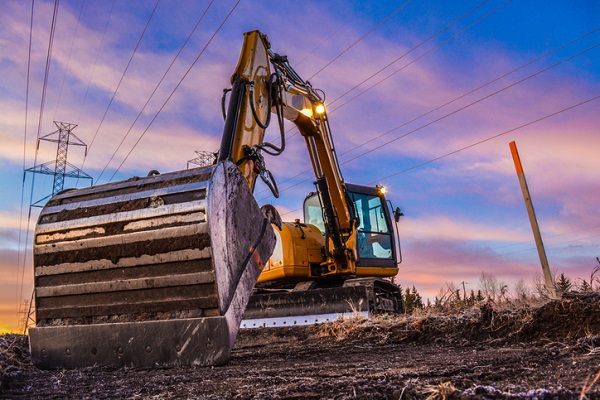Powerline incidents prompt safety warning
WorkSafe is urging employers operating mobile machinery near overhead powerlines to put safety first following several shock incidents and near misses.
One worker has died and five others were taken to hospital with serious injuries after their machinery contacted powerlines since November 2020. Last Monday, a 54-year-old construction worker was taken to hospital in a critical condition following an electric shock when the arm of the excavator struck powerlines in Pakenham, Victoria.
ADVERTISEMENT
Investigations into six of the seven incidents are ongoing.
WorkSafe executive director of health and safety Julie Nielsen says no matter the situation, care had to be taken when using machinery near electrical wires: “Electrocution can occur in just moments and if an electric shock doesn’t kill, injuries can be severe and life-long.
“It doesn’t matter whether you are a large employer in construction, transport or a sole farm operator, all duty holders should review their systems of work when operating near overhead powerlines.”
She adds that electricians should assess the environment and the machinery they’re operating and keep clear of live electrical cables.
In September 2020, a quarry at Maude was convicted and fined $35,000 after a worker luckily escaped injury when his excavator contacted powerlines. WorkSafe inspectors found there were no protective barriers or warning devices to prevent the incident occurring.
To avoid contact with powerlines employers and contractors using trucks and other mobile plant should:
- Identify all powerlines on site and at site entrance or exit points
- Comply with the No-Go-Zone rules and spotter requirements when operating mobile plant around powerlines
- Monitor weather conditions closely – powerlines can sag in extreme heat and sway in strong winds
- Be aware that powerlines are more difficult to see at dawn and dusk
- Designate travel paths, loading and unloading areas well away from powerlines
- Install warning signs or other visual indicators on each side of the powerline to warn operators and drivers
- Consider the type and height of heavy vehicles, plant and machinery and if it can safely operate near the powerlines
- Induct drivers and operators in the risks of powerlines on site, and the controls in place to prevent hitting the powerlines.
- If routinely working near power lines consider engineering controls such as presence sensing systems that can detect power lines and interlock plant movements
- Consult with workers on safe systems of work for operating near powerlines.
-
ADVERTISEMENT
-
ADVERTISEMENT


